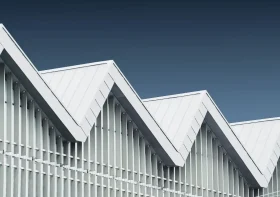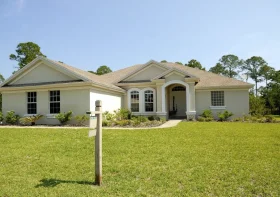What Today’s Luxury Buyer Wants Beyond the Mortgage

Buyers in the high-end real estate space used to chase square footage, location, and resale value. Those boxes still matter, but they no longer tell the full story. Luxury has evolved, and so have the expectations of the people who can afford it. The next generation of buyers isn’t only asking what they can buy. They’re asking how it fits into the rest of their lives.
The big house with unused rooms and a driveway full of idle cars isn’t the status symbol it once was. What matters more is how space supports freedom, personalization, and the way someone actually moves through the world. The old checklist is being replaced with something more thoughtful.
Contents
Experience Over Maintenance
Buyers today are buying into a feeling. They want properties that work with their lifestyle instead of slowing it down. That often means fewer maintenance tasks and more concierge-like services. A beautiful kitchen means little if the fridge is always empty or if it takes hours to line up a cleaner after a weekend visit.
Properties that come with built-in support, from housekeeping to trip planning, are getting noticed. Convenience has become luxury’s quiet partner. Time is the real value driver. The less a property demands of you, the more space it gives for the life you actually want to live in it.
A Lighter Take on Ownership
The idea of “owning everything” is slowly being replaced with “having what you need when you need it.” That explains why a growing number of luxury buyers are exploring private residence club alternative models that allow access to stunning homes without locking into one permanent address.
These alternatives offer flexibility, curated properties, and professional upkeep. High-income earners can do it without requiring a long-term commitment to a single location. It’s about shifting from fixed to fluid. This isn’t a rejection of ownership. It’s a smarter, more mobile version of it.
Design That Feels Personal
Luxury buyers today are not impressed by homes that feel like they were made to appeal to the next owner. They want spaces that reflect them, pushing developers to go deeper into custom features. Due to this, real estate innovators went as far as locally sourcing materials and identifying architectural styles that feel rooted in the location.
Cookie-cutter luxury doesn’t carry the weight it used to. People want warmth and character, not just sleek countertops. The aesthetics still matter, but what they’re really looking for is a comfort that feels lived in from day one.
The Add-ons That Actually Matter
There’s a growing awareness that many luxury features are underused. Instead of adding more things to look at, buyers want features that improve the quality of their daily rhythm, no matter how brief their stay.
These are the touches that tend to stick:
- Quiet nooks that encourage reading, journaling, or calls without distractions
- Tech setups that make remote work seamless without turning the living room into an office
- Outdoor spaces that feel natural, not staged
- Storage designed for real travel patterns, like luggage bays or locked personal closets in club models
- Intuitive lighting that adjusts easily depending on the time of day or mood
These features don’t scream luxury. They whisper it. That’s what makes them powerful.
An Exit Strategy That Isn’t Stressful
Buyers now think ahead. Even at the high end, nobody wants to feel stuck. They want to know they can sell, trade, and exit without a mess of paperwork or surprise penalties. Flexibility isn’t just a lifestyle perk anymore. It’s a financial filter.
That’s why fluid ownership models are gaining traction. Whether it’s partial shares in vacation homes or rotating access across a global network, the idea is the same. Own less, experience more. Make a move when it feels right. Luxury, in this case, is less about the lock-in and more about the options.



